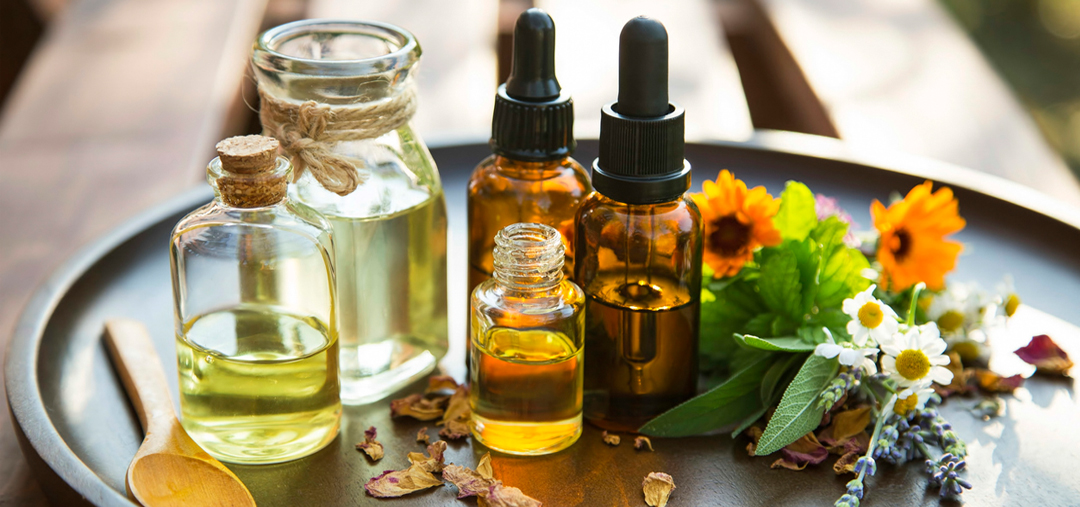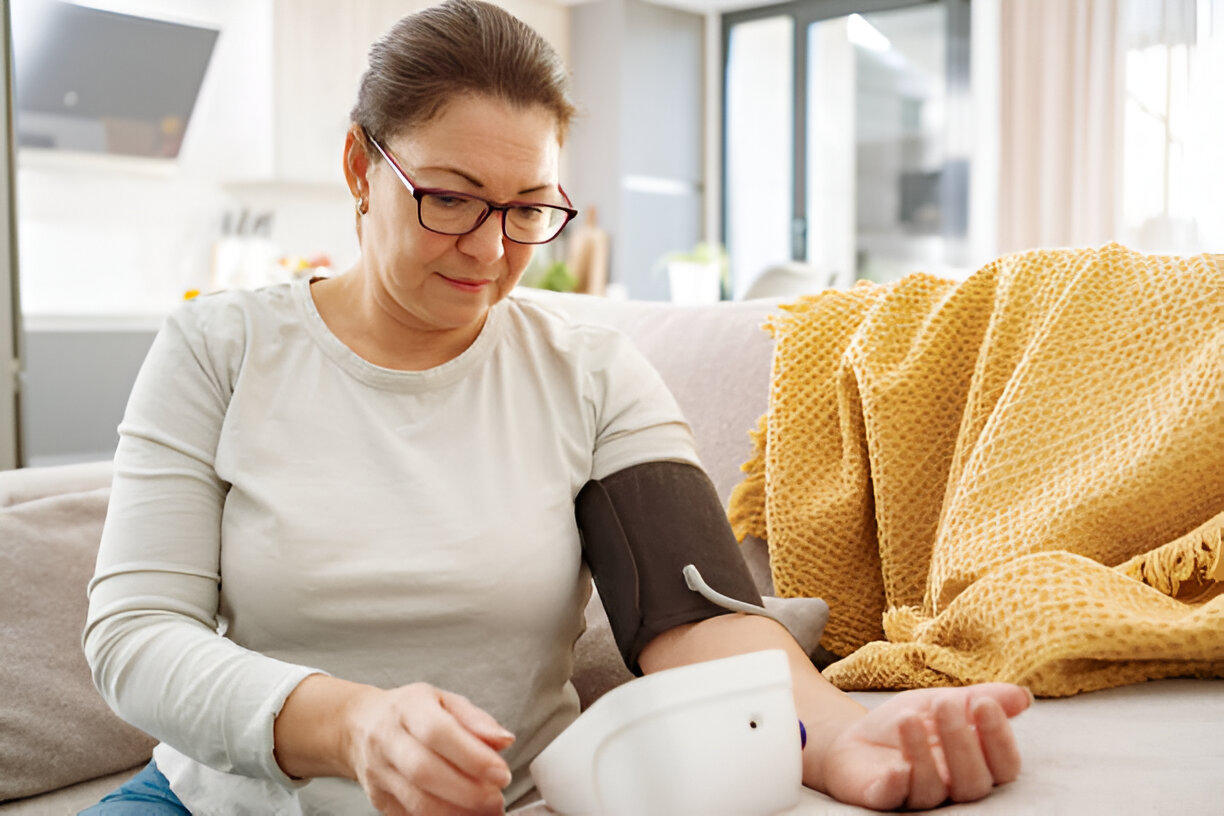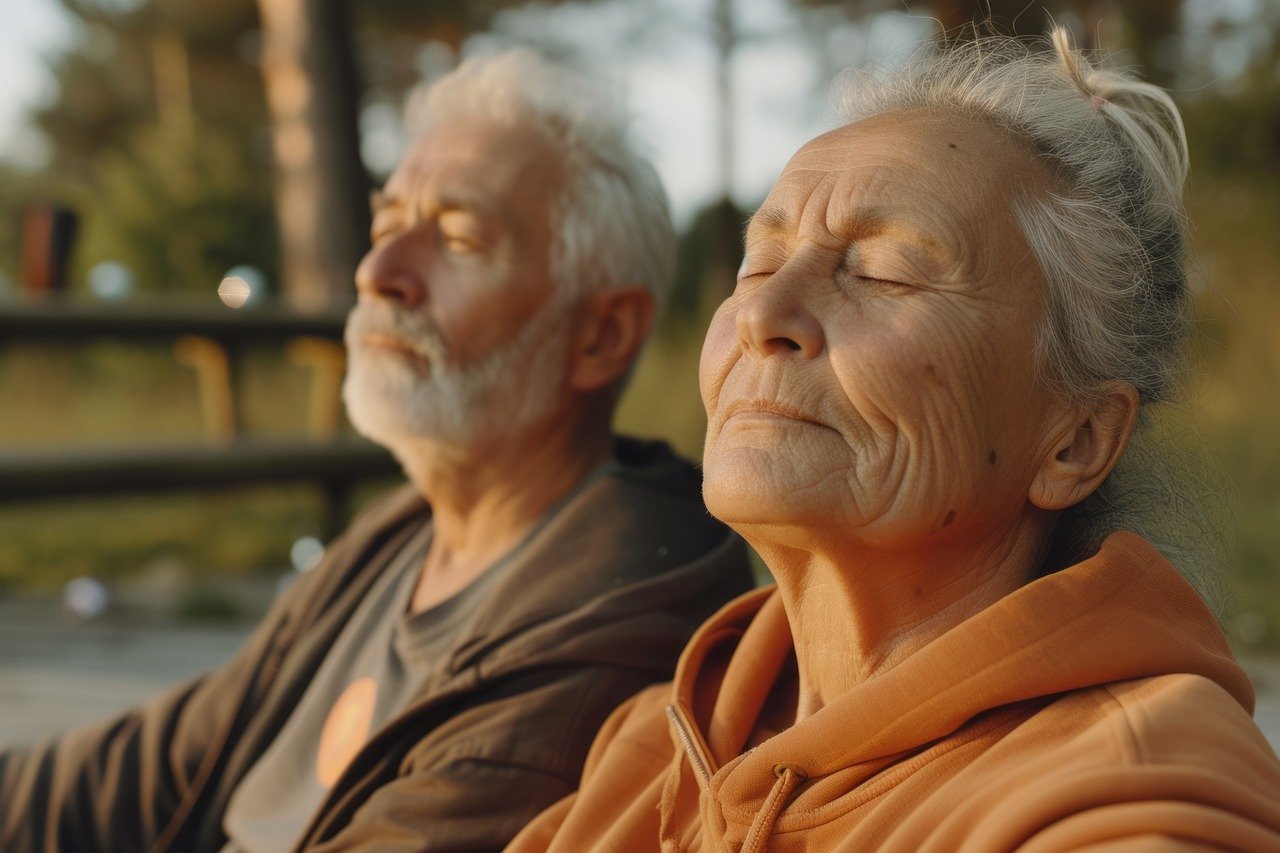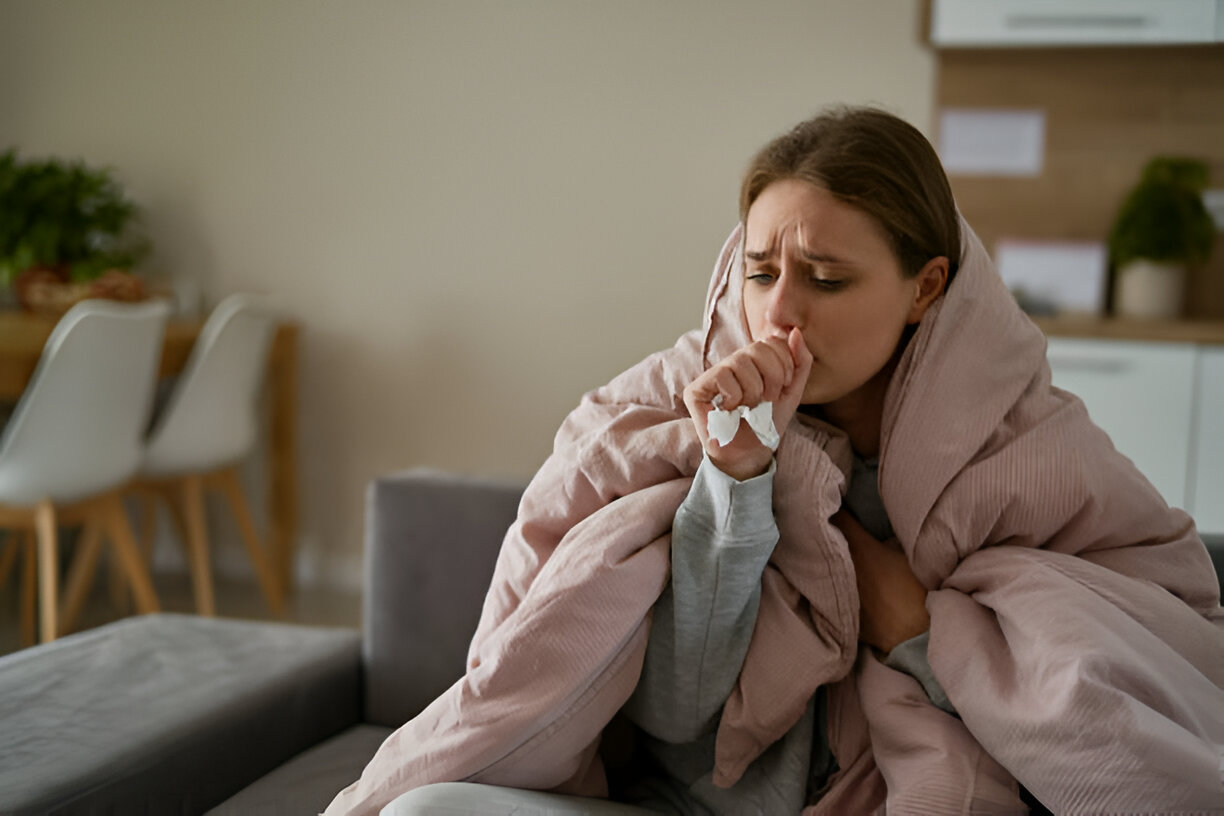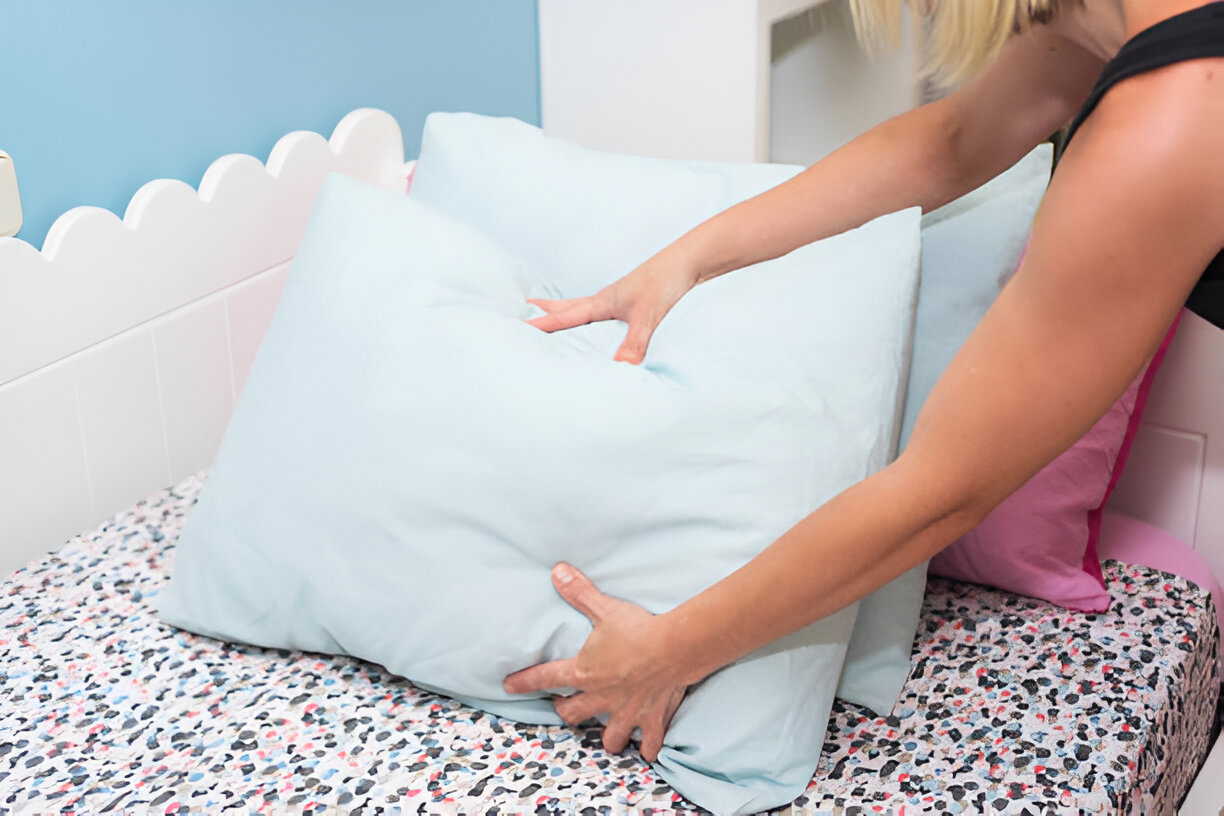
“Imagine yourself outside on a beautiful Saturday afternoon, just in the flow, enjoying life. Suddenly the sun disappears behind a cloud that you didn’t know was there. It’s dark now, and you feel off kilter, sad.”
That’s how LeNeva Spires, who works as an executive assistant at a university in Portland, Oregon, describes the seasonal affective disorder (SAD) that affects her every autumn.
Though classified as a type of depression, “it feels more like something is missing, like things are not quite right,” says Spires.
It’s precisely brightness (or rather, the lack of it) that triggers this mood disorder, one of few health problems tied to a season. SAD primarily affects people who live in northern latitudes (above San Francisco and Washington, D.C.), and more women than men. It often begins in September or October, as the days shorten, and lingers until spring.
SAD tends to respond readily to the very thing we’re missing in the winter months: light. Learn how to get more of it as well as discover the best foods, exercise, supplements, and herbs to create your action plan for a brighter, happier winter.
1. Let There Be Light
For seasonal depression and the winter blahs, “the treatment of choice is light,” says psychiatrist Alfred Lewy. How do you get that light? You could move closer to the equator, where the sun rises and sets at a more consistent time all year long. Or, if your family and work life allow it, you could change your sleep schedule during the winter so you wake up a half-hour after sunrise (check your local paper to find out when the sun rises), and then go immediately outside.
But for most of us, the easiest option is to purchase a light box outfitted with special bulbs that mimic the brightness of the morning sun. Light therapy works by getting our sleep-wake cycle to synchronize with an electric-powered “sun,” thereby resetting our circadian clock. We tend to feel our best when we wake with the dawn, and the light box essentially helps you make your own dawn.
Light-Box Lowdown
Available online and at specialty stores (starting at about $160), light boxes are safe to use at home, whether or not you have an official diagnosis of SAD. Lewy recommends placing the light box at a 45-degree angle to you, from either the side or above, and starting with a morning dose of light: about 30 minutes, taken between 6 a.m. and 8 a.m. Some people may need more time — 45 minutes, or even up to two hours — but once they feel an improvement in their mood, they can reduce the sessions to 30 minutes.
The light receptors that help rest our circadian clocks reside in our eyes, so keep your eyes open during light treatment. In fact, Lewy suggests glancing sideways at the lightbulbs once or twice every minute (something you should never do with the real sun).
A small number of SAD sufferers respond best to early-evening light treatments. After a week or two of morning treatment, if you notice no improvement even with two-hour doses, try the evening sessions instead, suggests Lewy. People usually begin to feel better within a few days but should keep up the treatments daily, ideally from the onset of symptoms (usually in September or October) through at least March.
2. Bring On the Night
You need a good night’s sleep in order to mitigate winter depression — and by “good,” Emmons means sleeping for eight or nine hours a night — but not more. Keep bedtime and wake-up time consistent, too; Emmons suggests going to bed between 10 and 11 p.m. and rising between 6 and 7 a.m.
Melatonin Matters
While light-box therapy remains the primary remedy for synchronizing your sleep patterns, supplementing with melatonin (the “darkness” neurotransmitter) may help, too. The brain’s melatonin levels rise to their highest level at night, and people normally start secreting the hormone a few hours before bedtime, to prime the body for sleep.
Like light therapy in the morning, taking melatonin supplements in the afternoon can help shift the circadian clock. In fact, Lewy often prescribes both morning light and 0.3 mg to 0.5 mg of melatonin in the afternoon for best results in resyncing the circadian processes. Since melatonin can make some people sleepy, avoid driving as you figure out the best dosage. You’ll find melatonin tablets at natural-foods stores.
3. Eat to Feel Good
What we eat can affect our brain chemistry and our mood. To combat SAD, Emmons recommends focusing on foods that increase and stabilize levels of serotonin, a mood-improving hormone that tends to decrease in the winter. These foods include choices rich in tryptophan, a building block of serotonin.
We often crave high-carbohydrate comfort foods in winter, but it’s wise to resist the urge, he says. As he explains it, indulging in refined carbs, such as white bread and white rice, may indeed offer an initial feel-good spike in serotonin levels. But, as with a sugar rush, refined carbs end up depleting our serotonin levels soon after.
Instead, eat a variety of complex carbohydrates, such as barley, brown rice, oats, and other whole grains, and include a small amount of lean protein, ideally a high-tryptophan protein (turkey, cheese, eggs) at each meal or snack. Also include leafy green vegetables, such as kale and bok choy, which provide mood-supporting B vitamins and minerals that help convert tryptophan into serotonin.
4. Move and Stretch
“Exercise helps [all types of depression] for many reasons,” says Emmons. It boosts serotonin levels in the brain; it improves circulation, which gets more blood and nutrients to the brain; it increases energy and metabolism, even at the cellular level; and it improves glucose regulation, which also affects energy levels.
For those taking antidepressant medication, exercise helps improve the effectiveness of the drug, likely by improving circulation. More of the medicine gets to the brain, where it’s needed, and the body metabolizes the drug more easily, which reduces side effects.
The best news about SAD and exercise, says Emmons, is that you don’t have to take your workout to the extreme. Mild aerobic exercise for 30 minutes can usually lighten your mood. If it’s not too cold, walking outdoors is a great option. At the gym, try the stationary bike or treadmill for a half-hour every day.
5. Supplement Smartly
Several dietary supplements can help fill in any nutritional gaps and in turn may lift your mood. Emmons says his clients have had success with the following four:
Vitamin D
Deficiency in this vitamin is extremely common and may contribute to both ordinary and seasonal depression (along with other illnesses). While light boxes substitute for the sun in certain ways, they don’t provide this critical nutrient (which is more of a hormone than a vitamin). In the winter, a vitamin D supplement can help regulate your mood.
Dosage: 2,000 IU of vitamin D3 daily
Multivitamin
A good one includes plenty of B vitamins, as well as key minerals such as selenium (which helps support mood) and magnesium (which reduces anxiety and muscle tension).
Dosage: 1 daily
B-Vitamin Complex
These assist the brain in producing neurotransmitters such as serotonin and norepinephrine.
Dosage: One B-50 supplement daily (along with the multivitamin)
Omega-3-Rich Fish Oil
Studies suggest that omega-3 fatty acids may help prevent and ease depression and other mood disorders. Flax makes a good substitute for strict vegetarians.
Dosage: 1,000 mg of fish oil in capsule form twice daily, or 1 tablespoon of flax oil twice a day
6. Take It Outside
Spending time outdoors helps us reconnect with nature, says Emmons, thus healing a rift that seems to lie at the heart of seasonal depression. If you combine a serotonin-boosting exercise with your outdoor time — like a brisk walk at a local park or an afternoon of cross-country skiing — you’re combating the winter blues on two fronts.
During the summer, take advantage of the sunlight by spending 15 to 20 minutes a day in the sun without sunscreen (unless you’re at risk of skin cancer). This will help build your vitamin D levels for next year.
7. Try Healing Herbs
Certain medicinal plants ease the winter blues, says Margi Flint, who runs the Earthson Herbals school in Marblehead, Massachusetts.
Uplifting Tea
For a mild, mood-boosting infusion, simmer 1 ounce oatstraw in 1 quart of water for 40 to 60 minutes. Remove from heat, add 2 tablespoons of dried chamomile and 2 tablespoons of dried lemon balm; cover and steep for 15 minutes. Strain and drink several cups daily.
Aromatherapy
Since the smell of any citrus uplifts the spirit, add a total of 10 drops of any combination of lemon, lime, and orange essential oils to each ounce of lotion or massage oil. Use daily, or use these oils in a diffuser.
Daily Tonic
Holy basil, ashwaganda, and gotu dola — from India’s traditional system of medicine, Ayurveda — help ease depression. Flint suggests using the powdered form; add a 1/4 teaspoon of each to oatmeal or applesauce.
8. Don’t Go It Alone
As with any form of depression, working with a mental-health professional for SAD can be beneficial. If you experience suicidal thoughts or other serious symptoms, seek help immediately.






